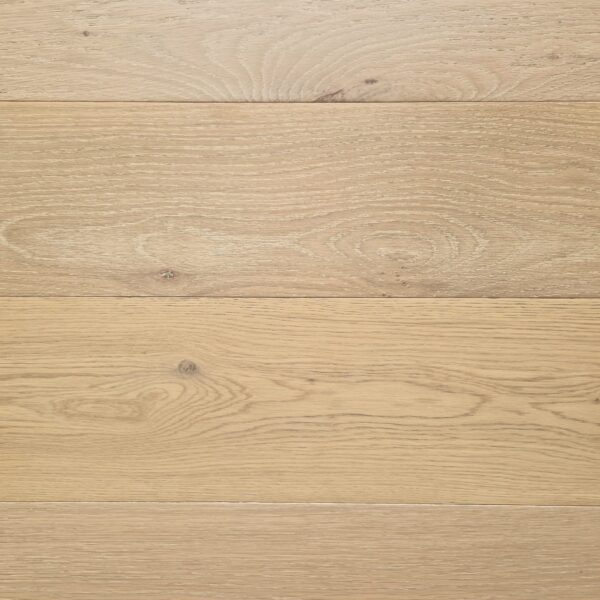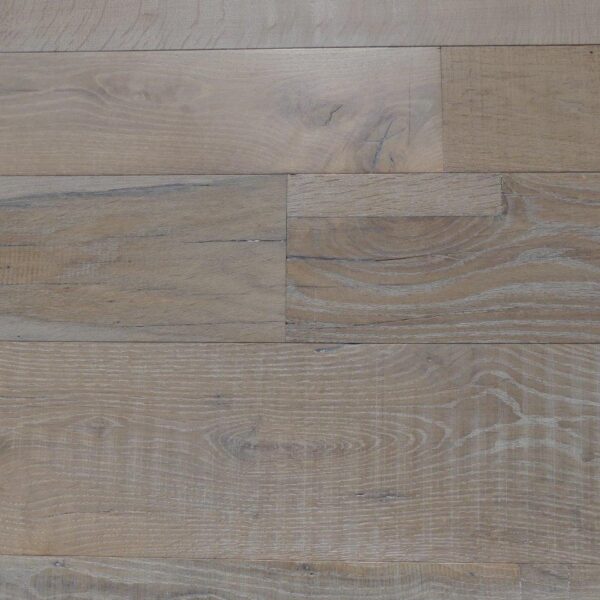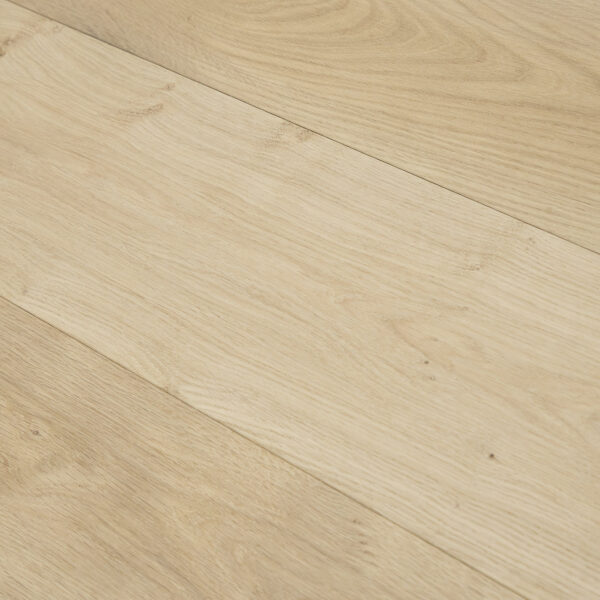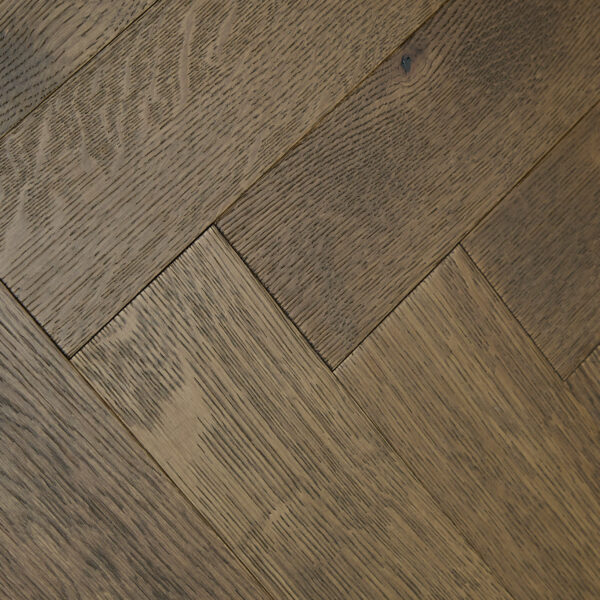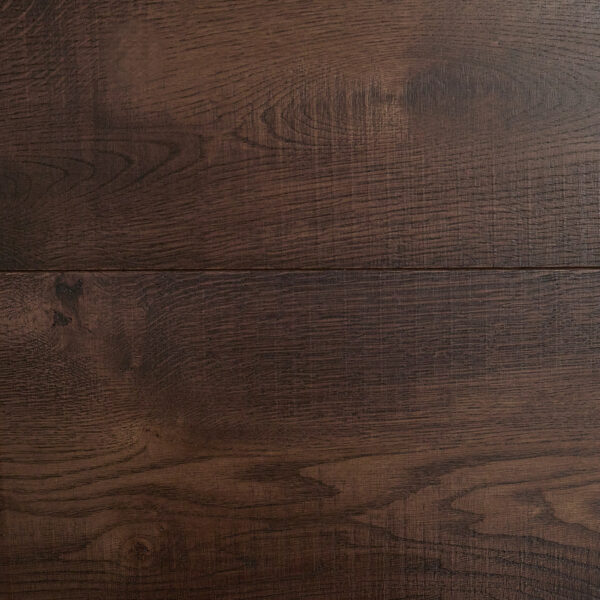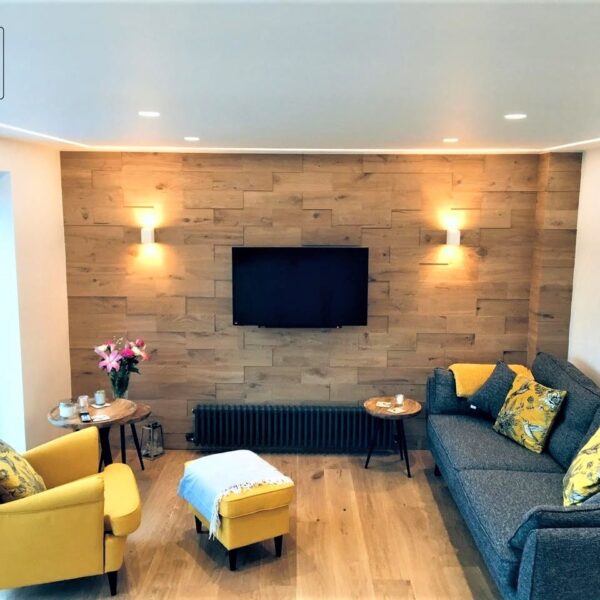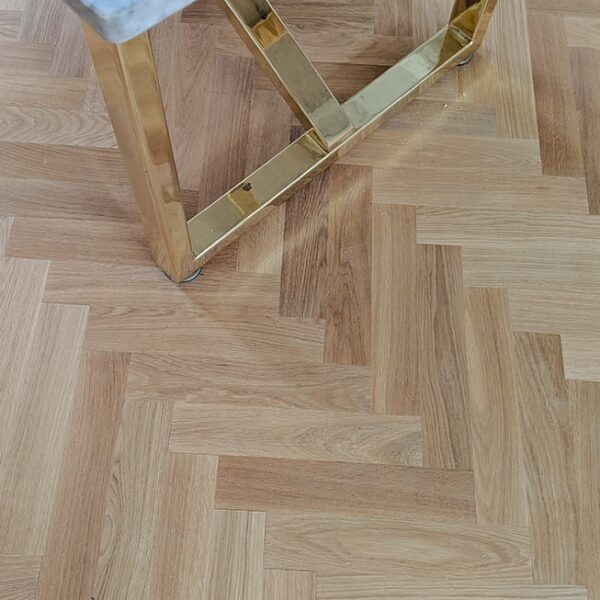Natural Wood Floors
About Our Wood Flooring
Natural wood floors are a popular choice for homeowners and businesses due to their timeless beauty, durability, and versatility. Here’s some information about natural wood floors:
Types of Natural Wood:
There are various types of wood used for flooring, including oak, maple, cherry, walnut, birch, hickory, and pine. Each type has its own unique characteristics, such as color, grain pattern, and hardness.
Solid Wood Floors:
Solid wood floors are made from a single piece of solid wood throughout the plank’s thickness. They can be sanded and refinished multiple times, offering long-term durability. Solid wood floors are typically nailed or glued down and require a stable subfloor.
Engineered Wood Floors:
Engineered wood floors are composed of multiple layers. The top layer is a real wood veneer, while the core layers are made of plywood or high-density fiberboard (HDF). Engineered wood floors are more resistant to moisture and temperature fluctuations, making them suitable for areas prone to these issues. They can be glued, nailed, or floated over various subfloors.




-
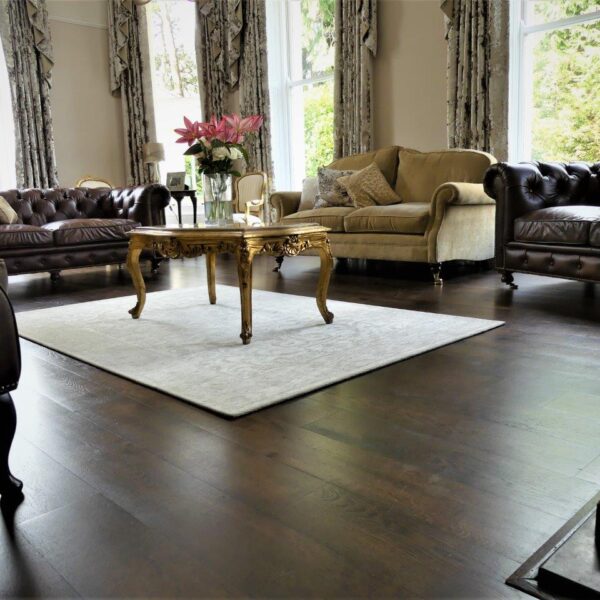
Sherlock Oak 180mm x 21mm
£0.00 Order Sample -
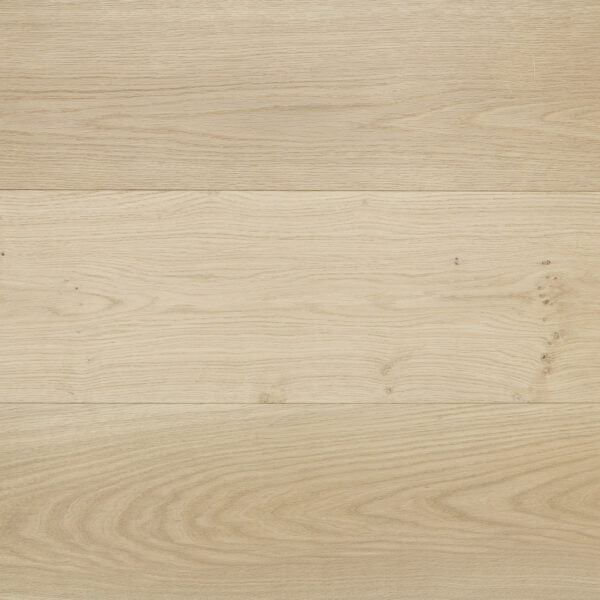
Wills & Ferguson Unfinished Oak
£0.00 Order Sample -
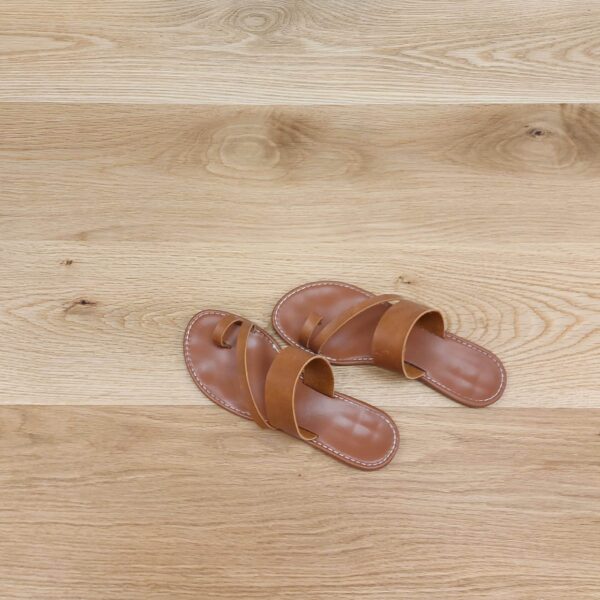
Decka Plank New Hampshire
£0.00 Order Sample -
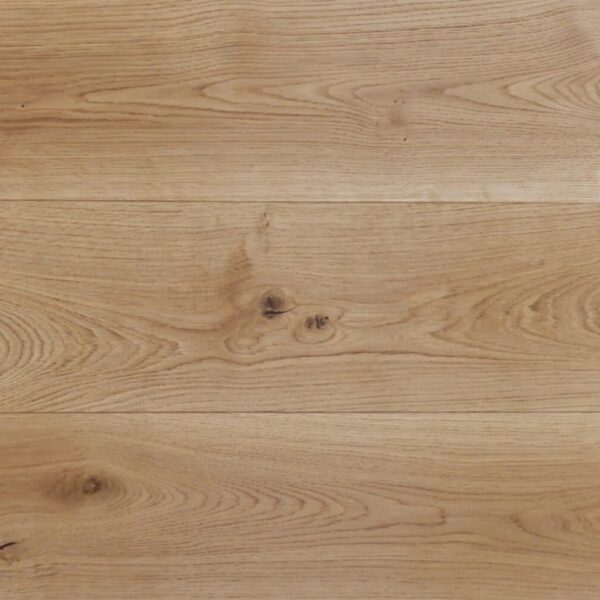
Decka Plank Montana
£0.00 Order Sample -

Decka Plank Maine
£0.00 Order Sample -
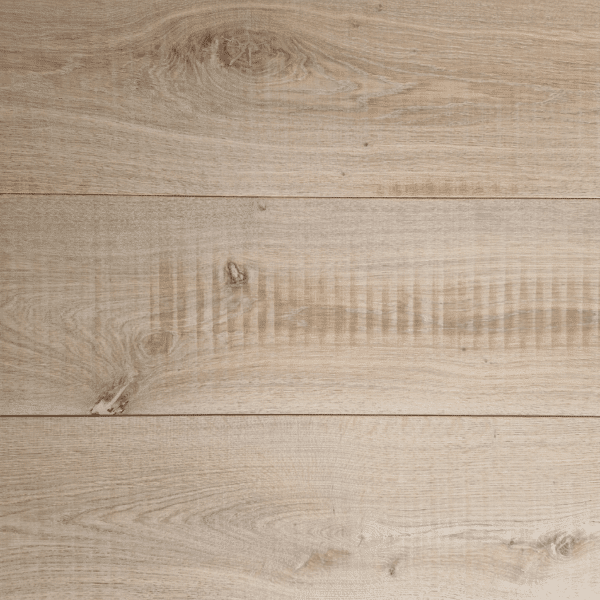
Wills & Ferguson Chelsea Oak
£0.00 Order Sample -
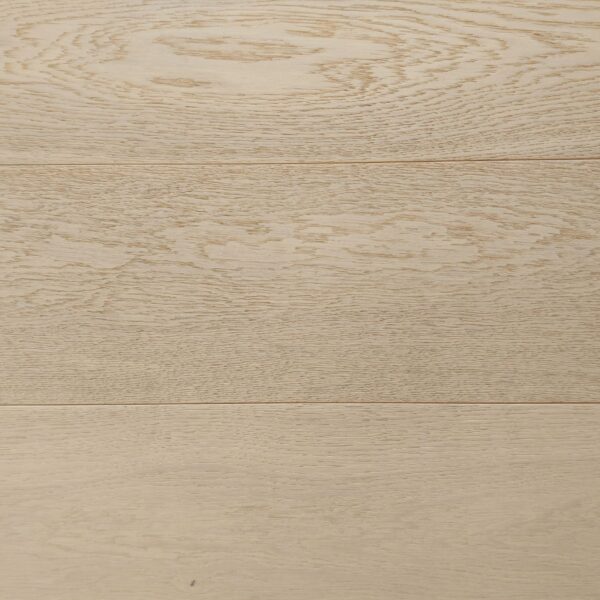
Decka Plank Organic
£0.00 Order Sample -

Wills & Ferguson Arctic Oak
£0.00 Order Sample
Benefits of Natural Wood Floors
Natural wood floors offer several advantages, such as:
Aesthetic Appeal: Wood floors add warmth, elegance, and a natural beauty to any space. The grains, knots, and unique patterns of each wood species create a visually appealing look.
Durability: Wood floors are known for their strength and durability, especially solid wood floors. With proper maintenance and care, they can last for generations.
Versatility: Natural wood floors complement a wide range of interior styles, from traditional to contemporary. They can be stained, painted, or left natural to suit personal preferences.
Easy Maintenance: Regular sweeping, vacuuming, and occasional mopping are usually sufficient to keep wood floors clean. Additionally, they are less prone to trapping dust, allergens, and pet dander compared to carpets.
Value Addition: Wood floors can increase the value of a property, as they are highly sought after by homebuyers and can enhance the overall appeal of the space.
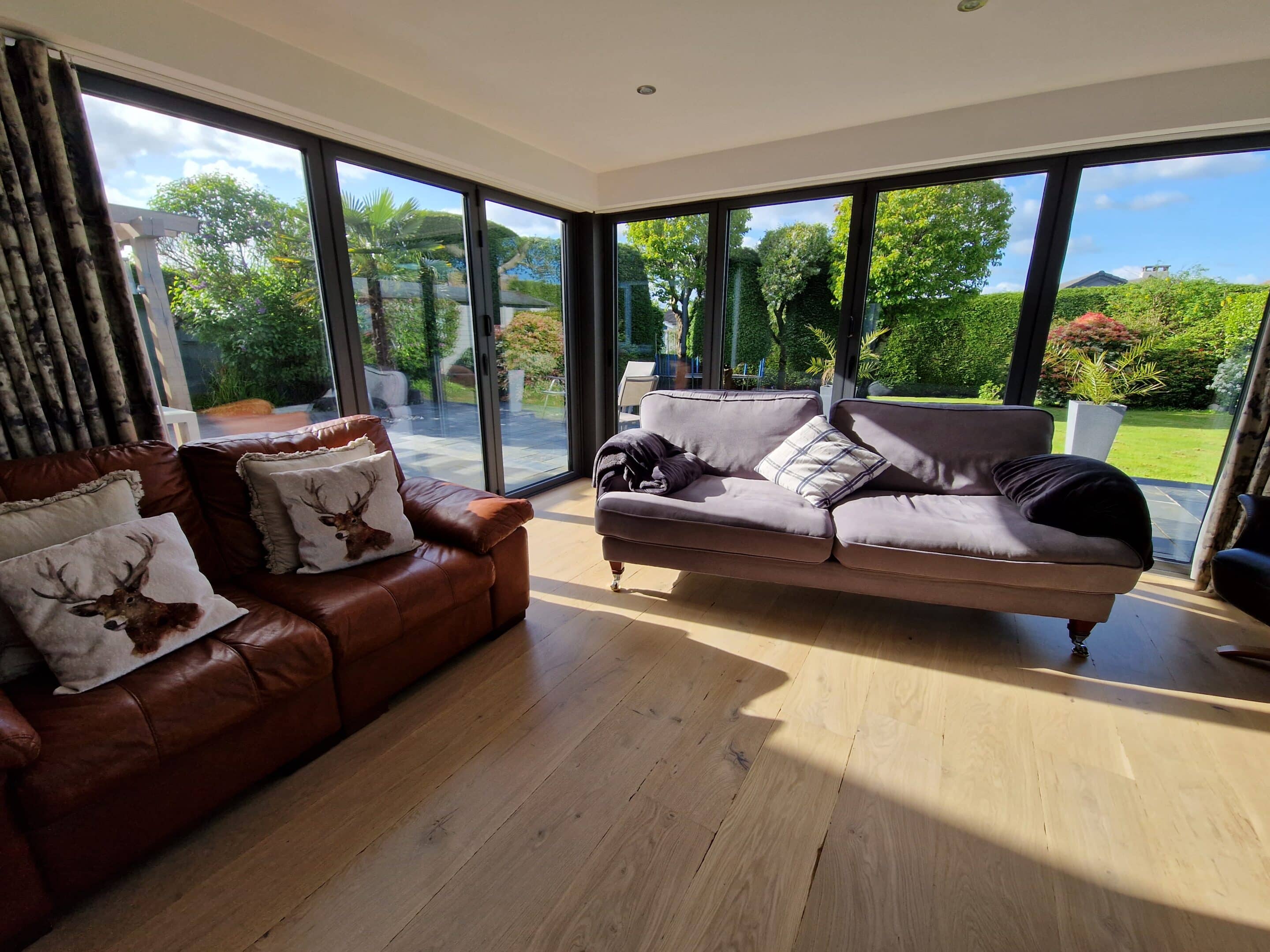
To maintain natural wood floors, it’s important to:
- Avoid excess moisture and clean up spills promptly.
- Use felt pads on furniture legs to prevent scratches.
- Avoid dragging heavy objects across the floor.
- Use rugs or mats in high-traffic areas to minimize wear and tear.
- Regularly sweep or vacuum to remove dirt and debris.
- Follow the manufacturer’s recommendations for cleaning products and methods.
It’s worth noting that wood floors can be an investment, and it’s essential to choose a reputable supplier or installer to ensure quality materials and proper installation techniques.
How do natural wood floors increase the value of your property?
It’s important to note that the impact of wood floors on property value can vary depending on factors such as the local real estate market, the overall condition and design of the property, and the preferences of potential buyers. However, in general, wood floors are considered a desirable feature that can contribute positively to the value of a property.
Natural wood floors can increase the value of your property in the following ways:
Visual Appeal
Wood floors have a timeless and luxurious aesthetic that appeals to many homeowners and potential buyers. They add warmth, character, and a sense of natural beauty to a space, enhancing its overall visual appeal. When prospective buyers see well-maintained wood floors, they often perceive the property as more valuable and desirable.
Longevity and Durability
Natural wood floors are known for their durability and longevity. When properly cared for, they can last for decades and even generations. This long lifespan adds value to a property because buyers appreciate the idea of having a durable and low-maintenance flooring option that won’t require immediate replacement or costly repairs.
Versatility and Design Flexibility
Wood floors offer versatility in terms of design and compatibility with various interior styles. Whether a space has a traditional, contemporary, or eclectic design, wood floors can easily complement and enhance the overall aesthetic. This versatility allows potential buyers to envision their own furniture, decor, and style preferences in the space, increasing the perceived value.
Higher Quality and Prestige
Natural wood floors are often associated with higher quality and a sense of prestige. They are perceived as a premium flooring option, especially when compared to alternatives like laminate or vinyl flooring. This perception of quality can positively impact a property’s value, as buyers are willing to pay more for materials that are considered upscale and long-lasting.
Allergy-Friendly and Easy Maintenance
Wood floors are advantageous for individuals with allergies or respiratory sensitivities because they do not trap allergens like dust, pet dander, or pollen as easily as carpets. This allergy-friendly aspect can be attractive to buyers who prioritize a clean and healthy living environment. Additionally, wood floors are relatively easy to maintain compared to other flooring types, requiring minimal effort and expense for upkeep. The convenience and low maintenance needs of wood floors can increase their perceived value.
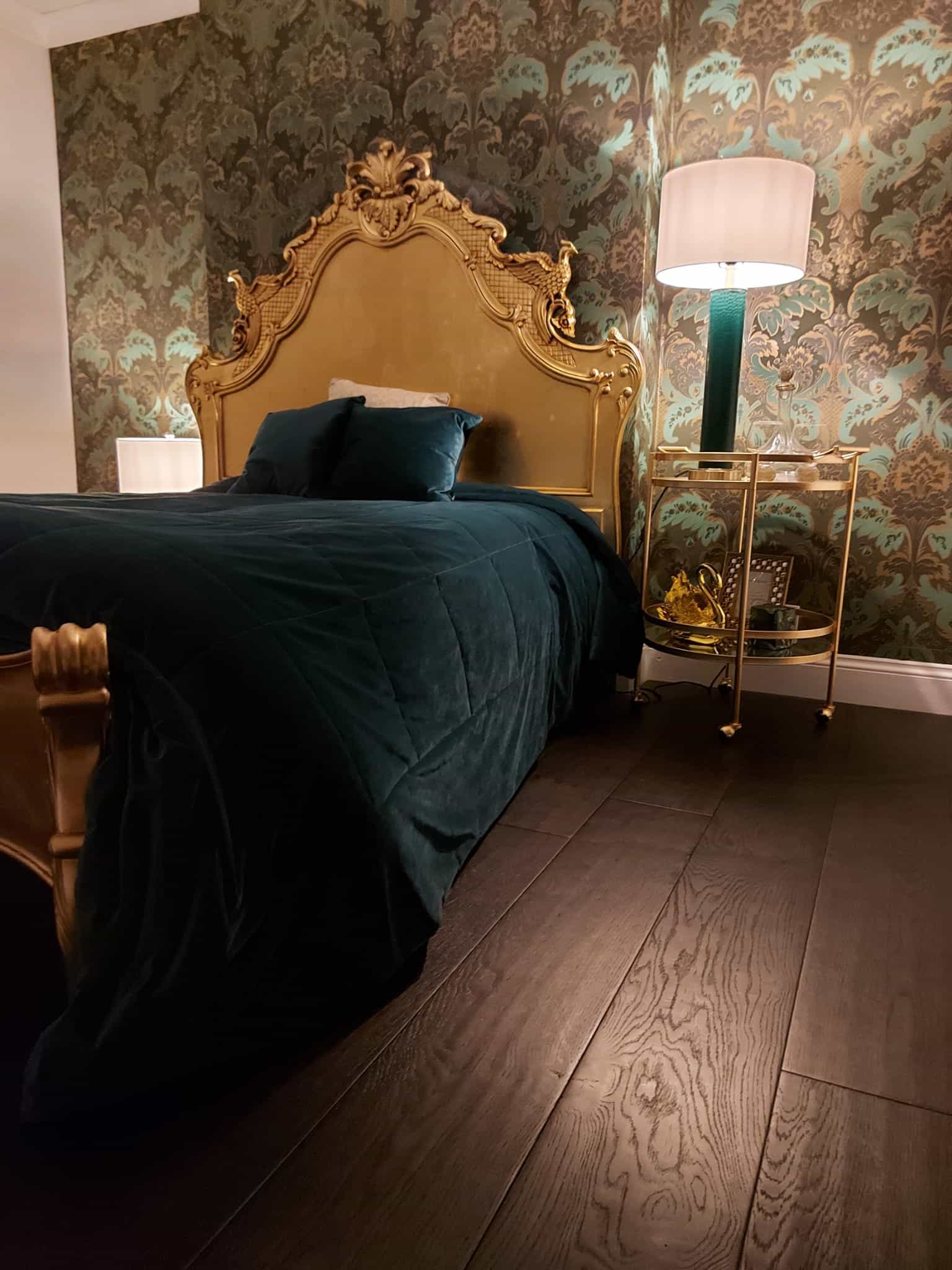
Are natural wood floors environmentally friendly?
The environmental friendliness of natural wood floors depends on several factors, including the sourcing of the wood, the manufacturing process, and the maintenance practices. Here are some considerations:
Sustainable Wood Sourcing
Choosing wood from sustainably managed forests is crucial for the environmental friendliness of wood floors. Look for certifications such as the Forest Stewardship Council (FSC) or the European Union Timber Regulation (EUTR), which ensure responsible forestry practices like reforestation and biodiversity conservation.
Renewable Resource
Wood is a renewable resource, as trees can be replanted and harvested. However, it is important to ensure that the rate of harvesting is balanced with the rate of regrowth to maintain the long-term sustainability of forests. This is why engineered wood flooring is more sustainable as its using less timber, compared to a solid wood floor.
Carbon Sequestration
Trees absorb carbon dioxide (a greenhouse gas) from the atmosphere during their growth. Wood floors, especially those made from solid wood, store this carbon throughout their lifespan. This carbon sequestration can help mitigate climate change by reducing the overall carbon footprint.
Energy Consumption
The manufacturing process of wood flooring can involve energy-intensive procedures, such as cutting, drying, and finishing. Opting for manufacturers that prioritise energy-efficient production methods can reduce the environmental impact.
Chemical Treatments
Some wood floors may undergo chemical treatments, such as staining or finishing with volatile organic compounds (VOCs). VOCs can contribute to indoor air pollution. Choosing low-VOC or zero-VOC finishes and adhesives can minimise the impact on indoor air quality.
Durability and Longevity
Wood floors are known for their durability and long lifespan. When properly maintained, they can last for decades, reducing the need for frequent replacements and the associated environmental impact of manufacturing and disposal.
Recycling and Reuse
At the end of their life cycle, wood floors can be recycled or repurposed. Recycling options include grinding the wood into wood chips or using it for energy production. Reusing wood planks for other purposes, such as furniture or decorative elements, is another environmentally friendly option, this is where reclaimed wood flooring is a highly sustainable option as its reusing timber.
Responsible Maintenance
Proper maintenance practices, such as using environmentally friendly cleaning products and avoiding excessive water usage, can contribute to the overall environmental friendliness of wood floors.
It’s important to note that not all wood floors are equally environmentally friendly. Engineered wood floors, for example, can involve more energy-intensive manufacturing processes but uses less timber compared to solid wood floors. Additionally, unsustainable logging practices and the use of exotic or endangered wood species can have negative environmental impacts. Therefore, it’s essential to research and choose wood flooring options that prioritize sustainability and environmental responsibility.
Best ways to protect natural wood floors
By following these practices, you can help protect your natural wood floors, extend their lifespan, and keep them looking beautiful for years to come:
Use Doormats and Area Rugs:
Place doormats at all entryways to trap dirt, grit, and moisture from shoes before they reach the wood floors. Additionally, use area rugs in high-traffic areas and under furniture to minimise wear and tear.
Use Protective Pads:
Attach felt or rubber pads to the bottom of furniture legs to prevent scratches and dents when moving or rearranging furniture. Be sure to check and replace the pads periodically as they can wear out over time.
Clean Spills Immediately:
Wipe up any spills or liquids promptly to prevent them from seeping into the wood and causing damage. Use a soft, absorbent cloth or paper towel to blot the spill gently, working from the edges towards the centre.
Sweep or Vacuum Regularly:
Regular sweeping or vacuuming with a soft-bristle attachment helps remove dirt, dust, and debris that can scratch the wood floor’s surface. Avoid using vacuums with beater bars as they can cause damage.
Avoid Excessive Moisture:
Wood and moisture are not a good combination. Avoid using excessive water or wet mops when cleaning wood floors, as it can lead to warping, swelling, or cupping. Instead, use a damp (not wet) mop or a specialised wood floor cleaner recommended by the manufacturer.
Trim Pet’s Nails:
Keep your pet’s nails trimmed to prevent them from scratching the wood floor’s surface. Additionally, clean up pet accidents promptly to avoid stains and potential damage.
Protect from Sunlight:
Direct and prolonged exposure to sunlight can cause wood floors to fade or discolour over time. Use curtains, blinds, or UV-protective window films to minimise the impact of sunlight. Consider rearranging furniture periodically to ensure even exposure.
Use Manufacturer-Approved Cleaning Products:
Follow the manufacturer’s guidelines for cleaning products and methods specific to your wood floor. Harsh chemicals, wax-based cleaners, and abrasive cleaners should be avoided as they can damage the finish.
Schedule Regular Maintenance:
Depending on foot traffic and wear, consider scheduling professional maintenance like deep cleaning or refinishing to revitalize the wood floors periodically. Consult with flooring professionals to determine the appropriate maintenance intervals.
Looking For Our Pricing? Call Us Now
Fast Shipping
Fast shipping on all orders from UK
Secure Payment
We offer safe shopping guarantee
100% Satisfaction
We have 100% positive feedback from our clients
Telephone Support
We are always on hand for any questions you may have
FREE SAMPLES & TECHNICAL EXPERTISE - NEXT DAY DELIVERY - STOCK RESERVATION AVAILABLE
Inspiration
Examples of our products in live settings
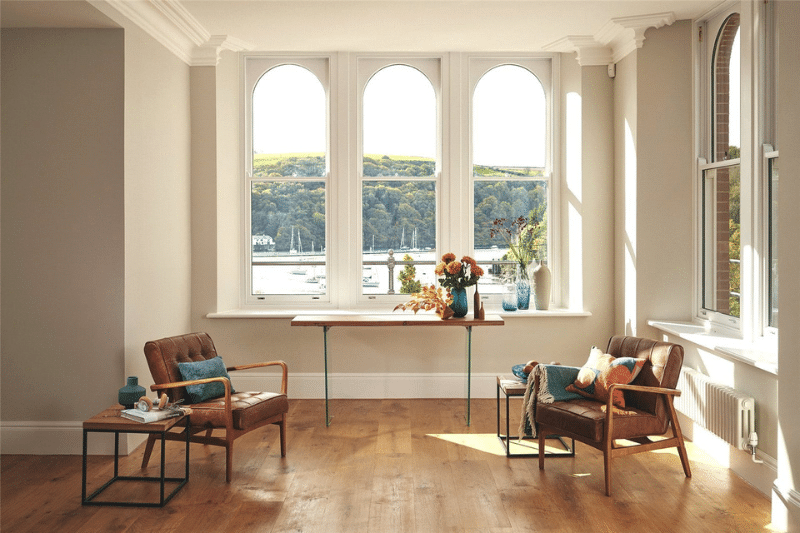
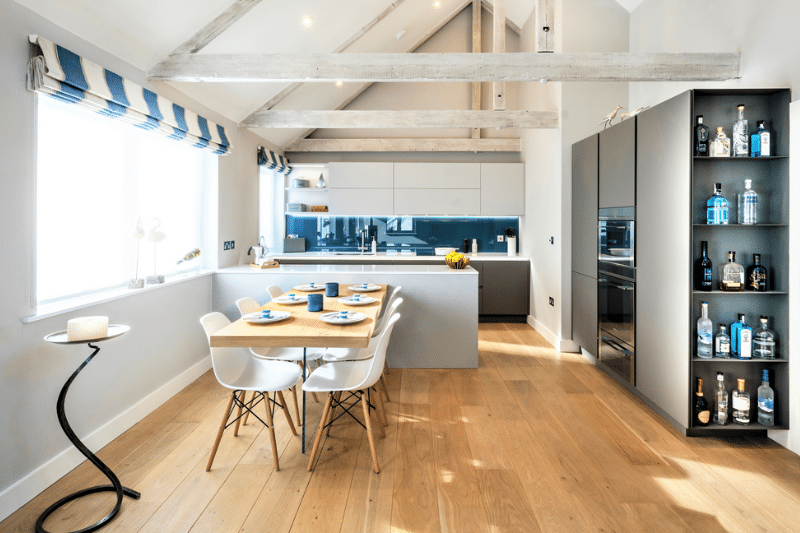
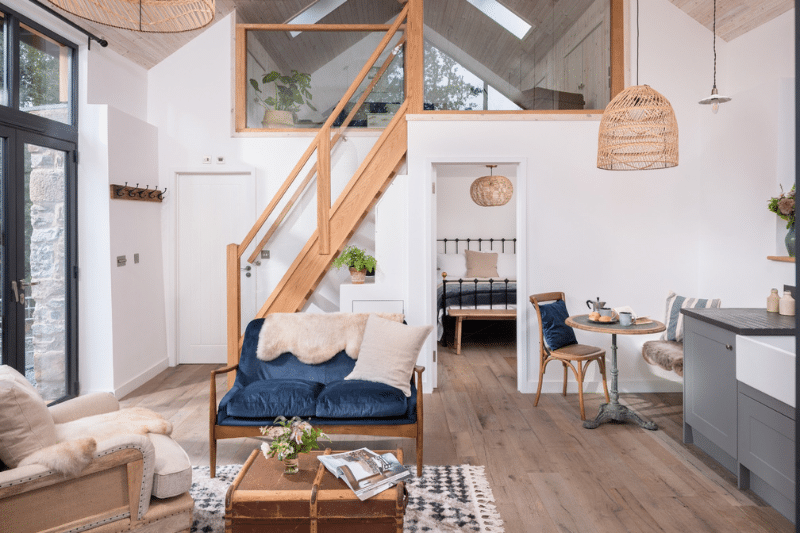
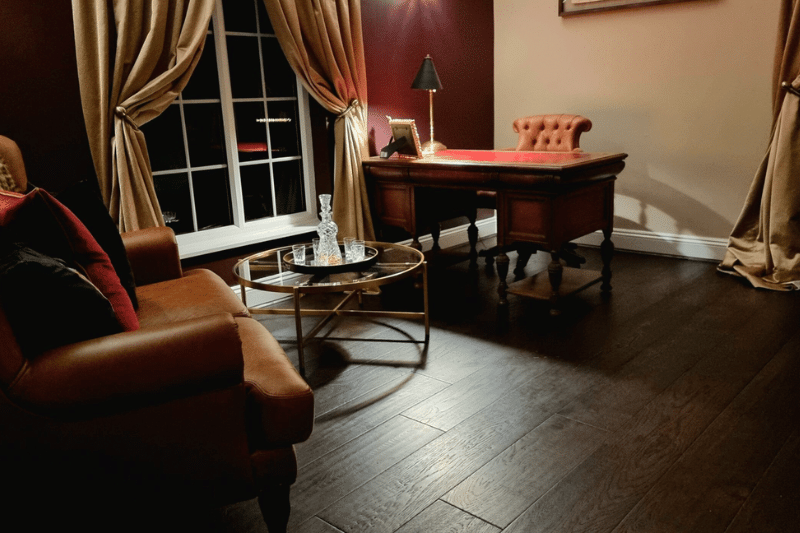
GET IN TOUCH
Have an idea or project then please get in touch...

